The fifteen vignettes that these pieces offer are rather similar in atmosphere throughout disc 1, but a significant shift happens once you reach the unnerving nature of the second disc; though the first isn’t easy either, it does leave a lot more room for relaxing and somewhat reassuring natural sounds…
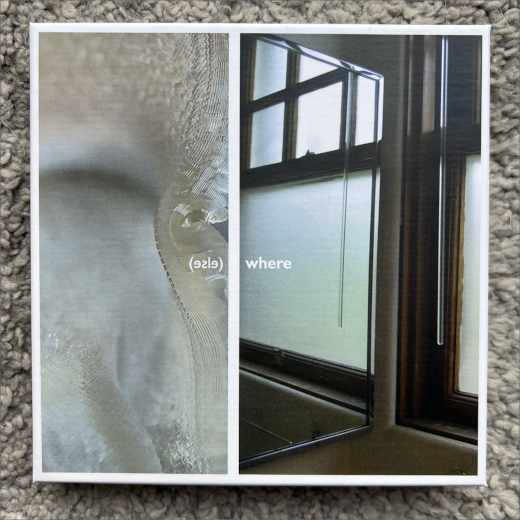
Field recordings creating a rather uneasy atmosphere throughout
Seth Nehil/Bruno Duplant’s (else)where depicts various places and moods through the use of field recordings and the various photos that you can match to these tracks to your liking. The fifteen vignettes that these pieces offer are rather similar in atmosphere throughout disc 1, but a significant shift happens once you reach the unnerving nature of the second disc; though the first isn’t easy either, it does leave a lot more room for relaxing and somewhat reassuring natural sounds, like water (more specifically waves) or some pleasant bird calls, which instead morph into gruff crow caws in the second disc, as displayed in “(else)where pt 12.”
Aside from the slow descent into more darker soundscapes this album follows, as even towards the end of the first disc you get some more unpleasant recordings of strong winds and gloomy electronics, disc 2 is also a lot pushier with its sound manipulation, as instruments are often utilized more for their timbre rather than to construct any kind of melodic appeal; the pianos in this disc either fall out of tune, like they do in “(else)where pt 11” and “pt 15,” or are exploited for some sharp pings like in “(else)where pt 13.” On top of the pianos, which do make up a majority of the instrumentation on this disc, there’s also a lot of leanings into dark ambient, as more industrial percussive textures are displayed to match the more unnerving nature of the field recordings and the thick drones that pop up more frequently.
Of the two, I do prefer the atmosphere of the second disc, despite the fact that the highlights of the album are located in disc 1. The second CD has more interesting manipulation of instruments and sound sources, to a point where you almost start doubting if the buzzing that appears in numbers like “(else)where pt 11” or “pt 14” are actual insects or just wacked out electronics—and, truth be told, I do not know; the wind blowing in this second disc is also almost unnatural, it’s as if instead of being clear gushes of wind they were some constant blowing, like the wind wanted to act as a looped element that’s able to set an atmosphere.
Still, the first disc holds the better compositions overall, but at the same time the most relaxed ones. Tracks like “(else)where pt 7,” “pt 8,” and “pt 9” are not notable standouts, mainly due to their lack of interesting field recordings or additions on top of them; the atmosphere is rather similar in these tracks, so repeating it without much variation does lead to them feeling a bit less fresh, but there’s also a lack of a human input here, which is not needed necessarily, but some experimentation in manipulating sound sources would have aided these tracks in feeling less similar with one another. “pt 7” and “pt 8” feel like they’re actually recordings taken in the very same place, which is rather cool because you can hear the same (presumable) door creaking in both, but what’s cool is that they seem to take place at the polar opposite times of day, as in the first you get a rooster and some rather active parrots chatting, while “pt 8” features much more tired parrots and birds that seem to be more akin to owls, making me assume it was taken at night—though I’m no ornithologist to come to this conclusion.
These less exciting periods are compensated for by a plethora of highlights., like the opening tune, which features the most fitting added instrumentation to match the field recording. The sound of water, not waves in this one, just smooth water flowing, is perfectly apt for this wonderful guitar to grow louder as the track progresses; its post-rock nature is what makes it so fitting, as it’s as smooth and pleasant as the water underneath, and being so similar the two can also switch roles, as the guitar is what shines most in the second half, whereas it’s way dimmer initially to allow the water to be more prevalent.
A really consistent exploration of sounds ::
“pt 3” is also a standout, mainly thanks to this sound of marbles rolling on a wooden board or plank; it’s not only a really nice timbre in it of itself, it’s also something I’ve never quite found in other field recordings, and I now wonder why because it’s a very good idea to provide a constant smooth texture as the basis for the track. To contrast, some almost unnerving ticking and rattling is added later on, making this tune a really consistent exploration of sounds one can extract from wood.
“(else)where pt 4” is probably my favorite piece on the whole album, mainly thanks to its first segment, way detatched from almost anything else on the LP due to its ritualistic nature, as these distant unintelligible vocals set an occult atmosphere that’s unmatched by the rest of the record. Also noteworthy on disc 1 is “pt 6,” which sticks out due to its extensive use of electronics; extensive does not mean prevalent, as they’re really quiet, but two different melodies are dedicated to the two stereo channels, creating not only a smooth feel, but also making these textures far more noticeable despite their low volume.
Disc 2 does not hold as many highlights, even if it is more consistent. My favorite piece here is “(else)where pt 14,” which gets pretty intense at certain points, featuring a lot of clicking that overtakes the other atmospheric components—background insects and this really dirty drone—to shake things up. It’s one of the spookiest pieces on this album, sounding far darker than most, especially thanks to that really grimy drone.
Notable are also “pt 15,” which is a reprise of “pt 11” but outclasses it completely thanks to its more interesting use of metallic textures and mysterious vocal samples, and the aforementioned “pt 12,” which flips the “wooden hut on the beach” vibes of disc 1 to bring you into a stagnant swamp instead.
(else)where offers various interesting pieces, as even if most don’t do anything particularly mesmerizing with their field recordings, said field recordings have some key elements to them that allow them to stick out as more than just pleasant background; they do so effectively, creating a rather uneasy atmosphere throughout most of this LP.
This album has a consistent vibe throughout—even with a few flat tunes here and there—some of the tracks also feature some very appropriate instrumentation; see “(else)where pt 1,” “pt 4,” and “pt 15” that bring these field recordings to a greater level of interest and complexity, either by enhancing their atmosphere or by creating some interesting sound combinations.
Bruno Duplant: piano, tapes, electronic devices, field recordings, percussion
Seth Nehil: field recordings, electronics
Harrison Higgs & TJ Norris: photographs, digital manipulation
David Grubbs: poem
(else)where is available on aufabwegen. [Bandcamp]






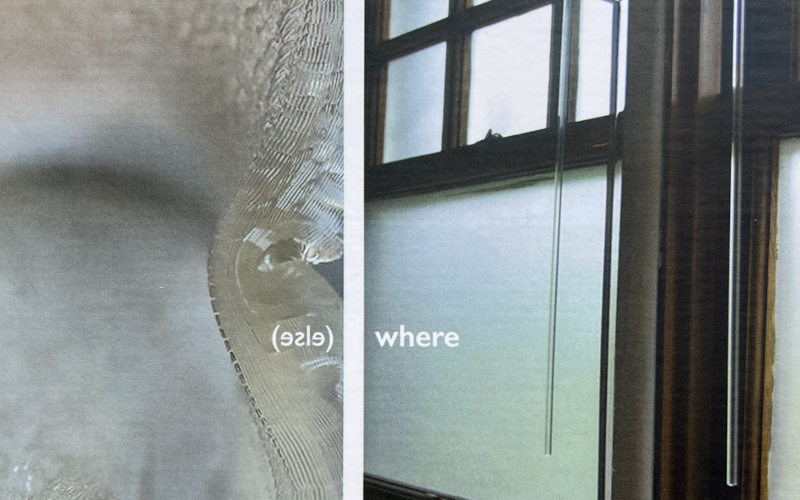
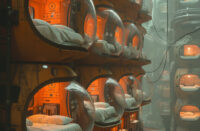
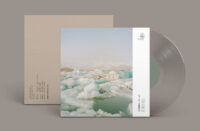
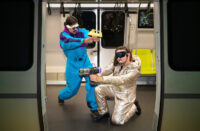




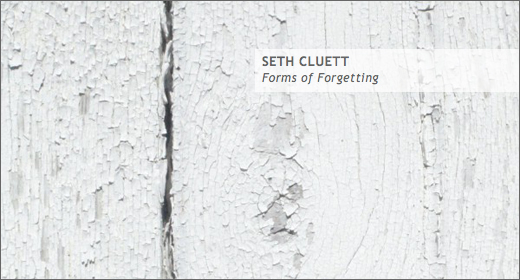

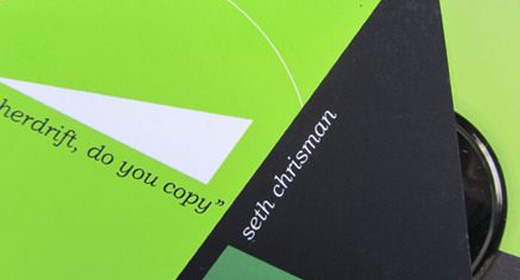





![Hasbeen :: Bunker Symphonies II (Clean Error) — [concise]](https://igloomag.com/wp/wp-content/uploads/2025/04/hasbeen-bunker-symphonies-ii_feat-75x75.jpg)
![Extrawelt :: AE-13 (Adepta Editions) — [concise]](https://igloomag.com/wp/wp-content/uploads/2025/04/extrawelt-ae-13_v_feat-75x75.jpg)
![Beyond the Black Hole :: Protonic Flux EP (Nebleena) — [concise]](https://igloomag.com/wp/wp-content/uploads/2025/04/beyond-the-black-hole-protonic-flux_feat-75x75.jpg)
![H. Ruine, Mikhail Kireev :: Imagined / Awakenings (Mestnost) — [concise]](https://igloomag.com/wp/wp-content/uploads/2025/04/h-ruine-mikhail-kireev-imagined-awakenings_feat2-75x75.jpg)


![Squaric :: 808 [Remixes] (Diffuse Reality) — [concise]](https://igloomag.com/wp/wp-content/uploads/2025/04/squaric-808-remixes_feat-75x75.jpg)

